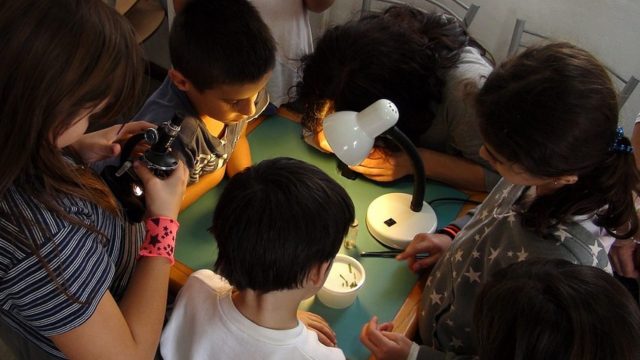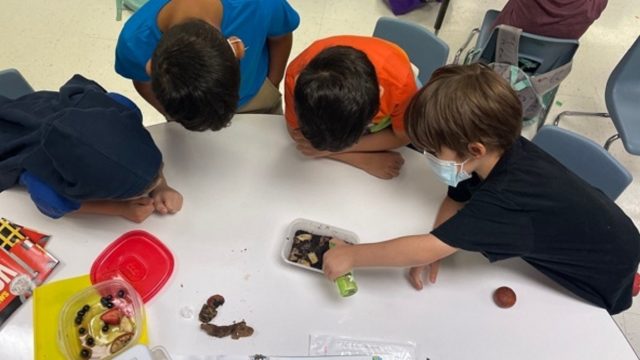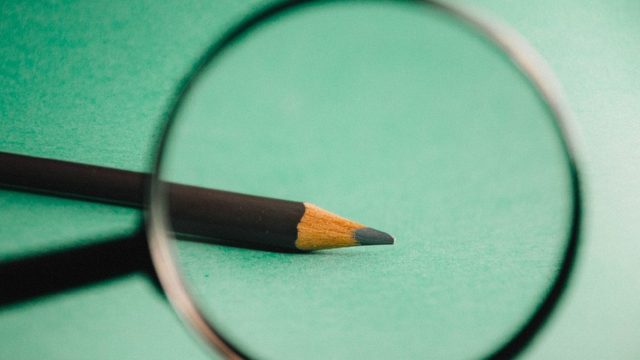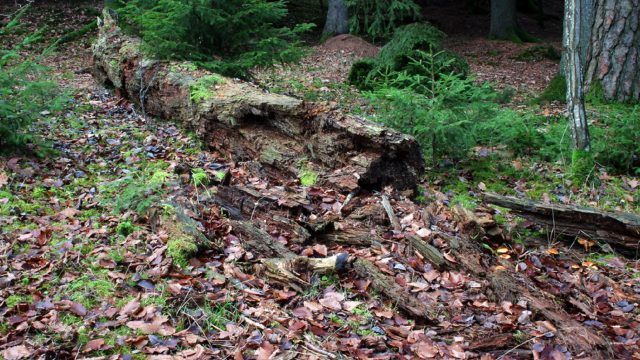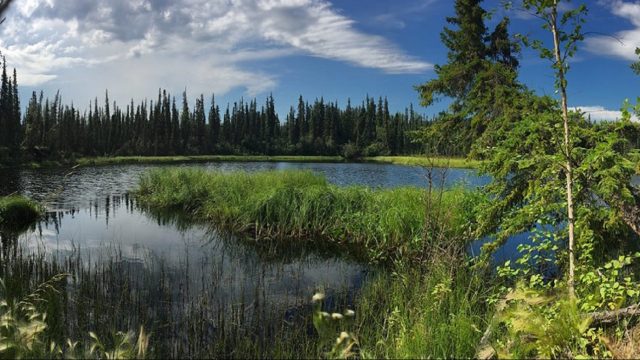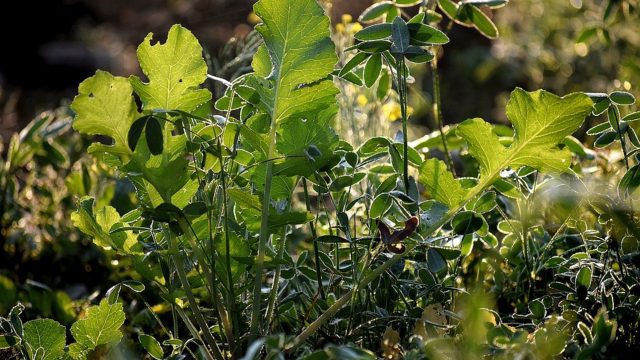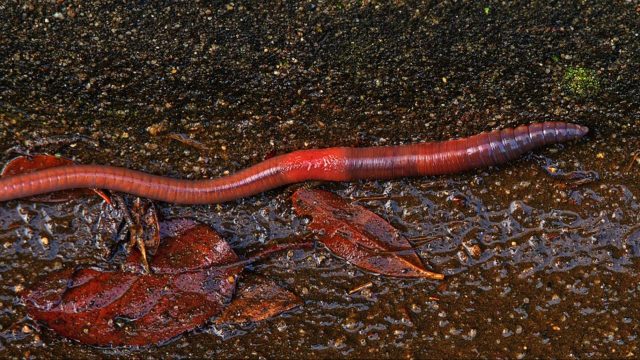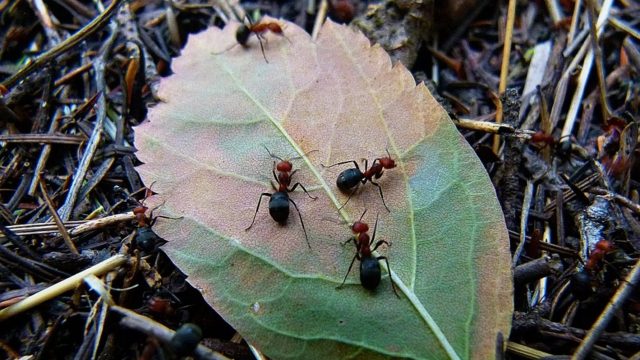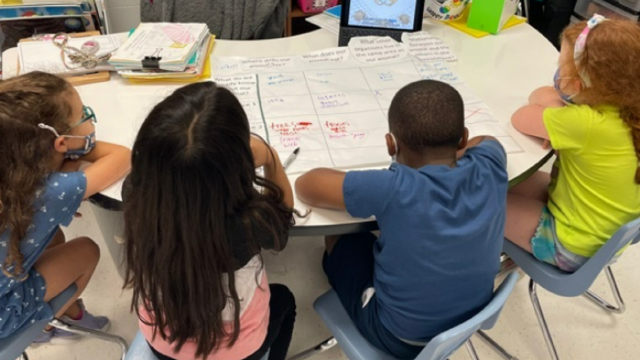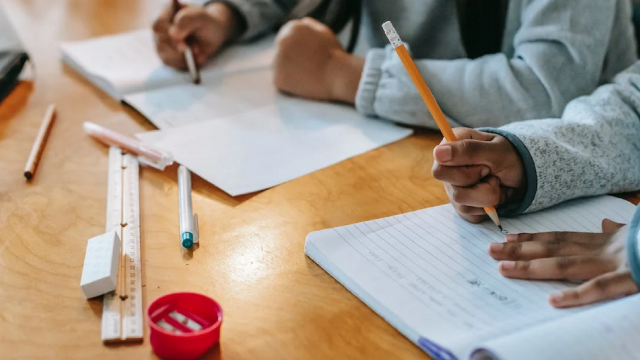Interdependence among Organisms
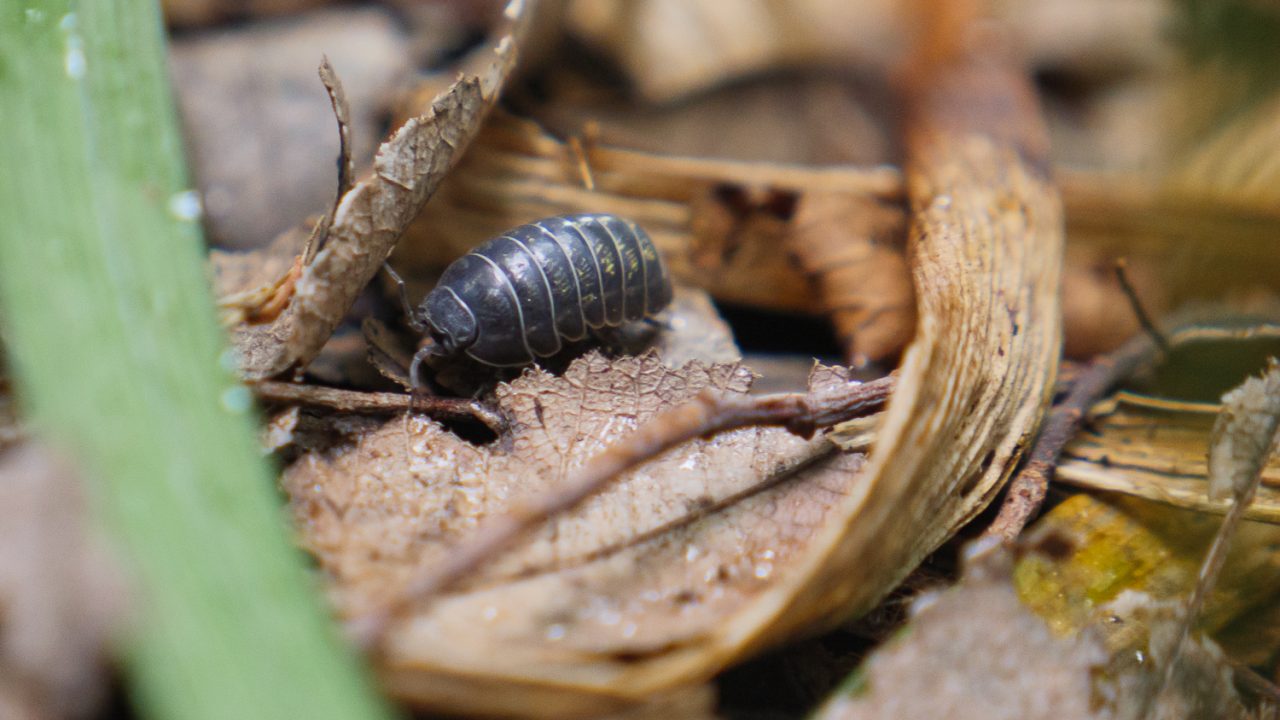
Unit Navigation
-
Unit Overview
Interdependence among Organisms
Authentic Literacy and Language (ALL) for ScienceRecommended for Grade 1
This complete and integrated 15-day teaching unit on the interdependence of organisms follows the Authentic Literacy and Language (ALL) for Science curriculum framework that promotes science sense-making and language sense-making through three aligned components:

Learners will participate in inquiry-based science activities and firsthand observation of an outdoor organism (roly-polies/pill bugs). They will also set up their own research investigations while gaining practice in reading, writing, speaking, and thinking like scientists. Please refer to the “Before the Unit Begins” document for information on ordering pill bugs and preparing for the unit.
-
Before the Unit Begins
Welcome to Interdependence among Organisms! PLEASE READ THIS SECTION before you begin teaching the unit—it contains information you need to know that may not be in the lessons. We also encourage you to read each day’s lesson ahead of time to prepare for instruction; the lessons in this unit provide details about materials, setup, and procedures.
Contents in the “Before the Unit Begins” section:
- Lessons at a Glance: Daily List of Supplies
- “Exploratory Texts and Media” spreadsheet
- List of Outdoor Organisms
- Science Language picture cards
- “Setting Up Habitats” document
- “Snail Model” mp4 video
EXPANDED INFORMATION ABOUT THE CONTENT
Lessons at a Glance: Daily List of Supplies
- This is a snapshot of materials you will need to prepare ahead of time for each day. Full instructions, including setup, are included in each day’s lesson.
“Exploratory Texts and Media” spreadsheet
- We have compiled a spreadsheet of suggested books, read-alouds, videos, and websites for the teacher to select from and use in inquiry circles. The list is only a starting point; please feel free to add any additional books, videos, etc. appropriate for your learners. We ask only that any additions be exploratory texts or media that include accurate scientific information.
- While the unit focus is on decomposers, resource titles listed also include typical outdoor food chains and other organisms that exemplify the interdependence of organisms.
- The teacher may choose to select and organize resources for inquiry using an organizational tool such as a Nearpod or a similar tool.
Note: Before the research begins, we suggest the teacher select and read aloud several exploratory texts to generate interest in different outdoor organisms. Alternatively, children may be given the choice to read a book on their own; the teacher knows best what will work for the class. After reading the exploratory texts, teams of children will choose or be assigned which organism to research (see Day 1 lesson).
The List of Outdoor Organisms for research:
- snails
- earthworms
- ants
- slugs
- termites
- beetles
- millipedes/centipedes
Note: Pill bugs will be the model organisms used by the teacher throughout the unit; they will also be the focus of the guided science investigations. Children will not learn the name of the model organism until the guided science investigation on Day 3; until then, teacher should refer to pill bugs by the nickname “roly-poly” (or “roly-polies” in the plural).
Team Inquiry Charts used during the research will need to be created ahead of time by the teacher for use on Day 2. See the Day 2 lesson for instructions. A model Inquiry Chart can be found in “Supporting Files” for Day 2.
Science Language
- This includes a complete list of Science Language used in this unit and the accompanying picture cards. The teacher will need to print a color copy of the Science Language picture cards before Day 1. Each day’s science language is also listed at the end of the lesson.
- We encourage you to introduce new science language in context as you move through the lessons, using the science language cards as a visual, then posting them to construct a word wall (or making them accessible for the children’s use in your preferred manner).
“Setting Up Habitats” document
- Contains full instructions for setting up the pill bug habitats for the class and for each team.
- Order pill bugs from Carolina Biological (or any science supply store) 7-10 days before you begin the unit. Order early in the week to make sure you are available to receive them and can move them directly into the class habitat!
- Team mini-habitats must be prepared for use on Day 5.
“Snail Model” mp4 video
- The “snails” needed for the day 1 activity must be made ahead of time using air dry clay, and allowed to dry. The “Snail Model” mp4 video will demonstrate how to make the snails. Full instructions for setup are in the lesson.
SUPPORTING MATERIALS
- Any additional supporting documents referenced in a lesson (including anchor charts and printable or downloadable files) can be found in the “Supporting Files” section for that day’s lesson.
- Sample anchor charts provided for the mini-lesson reading strategies can be used as models when creating anchor charts with the class. The “Inquiry Toolbox” and “Team Roles” anchor charts can be reproduced for use as is.
-
Daily Activities

